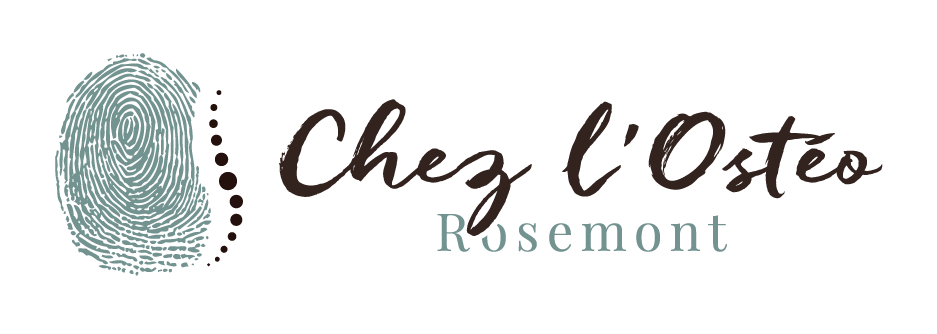Osteopathy

Osteopathy is an approach that aims at discovering the different mobility deficits of the body that can be at the origin of your pain and then normalizing them through targeted manual techniques based on thorough knowledge of anatomy, physiology, biomechanics and pathologies of the human being.
Whether your pain is traumatic in origin, due to repetitive movements or inadequate posture, the osteopath will know how to target the structures involved in the mobility deficits at the root of your discomfort via a series of global and specific tests.
They will then use a multitude of gentle and painless techniques to normalize them and allow your body to move with ease. Above all, the osteopath strives to restore movement!
THERE ARE MANY REASONS FOR CONSULTING AN OSTEOPATH
An insurance receipt will be given to you for reimbursement purposes*
GIFT CERTIFICATES
available for your loved ones!
Rates
Duration varies between 45 minutes and 60 minutes and is reimbursable by most insurance companies.
Prices are subject to change without notice
OSTEOPATHY FOR ALL
114.00 + taxes
CHILD UNDER 2 YEARS OLD
114.00$ + taxes
How does an osteopathy session work?
1
"At first, your osteopath will collect information about your pain or your different reasons for coming. This health assessment will allow the osteopath to learn more about the nature of your pain (origin, frequency, intensity, location, etc.) and give them more insight into your general health and history. This will also help the osteopath evaluate the possible contraindications from the start in order to be as safe as possible and to orient their treatment strategy if necessary.
2
Secondly, the osteopath will perform a variety of specific osteopathic tests on different structure groups, including joints, muscles, deep tissues (fascias), visceral organs, and cranial structures. These tests serve to confirm the first orientation of their treatment strategy by establishing a clearer map of the structures involved in your ailments in order to better normalize them in a third and final step via targeted osteopathic techniques.
3
After the treatment, your osteopath will usually offer various recommendations and advice. This can include both specific exercises and a new lifestyle to modify certain habits that are at the root of the onset and perpetuation of your daily pains (office work posture, breathing patterns, sleeping position, and so on).
The effectiveness, number of visits and frequency of visits to remedy your discomfort can vary according to several factors, including chronicity, intensity, degree of inflammation on the day of the consultation, predisposing history, age, general health and others. The osteopath will evaluate these factors and inform you of the best therapeutic strategy to implement.
In most cases, if it is a first meeting, a new follow-up appointment will be given to you within one or two weeks. It will serve to ensure the effectiveness of the care or, depending on the chronicity and extent of dysfunction, to continue it if necessary.





